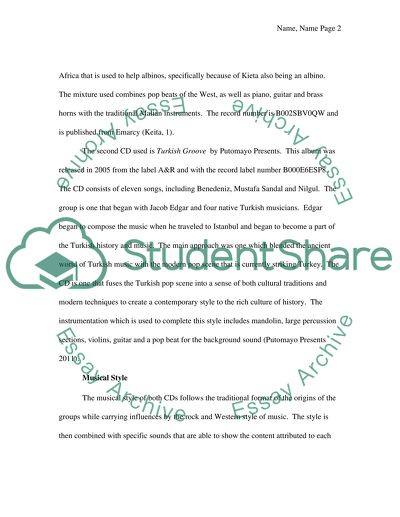Cite this document
(“Research paper on Ethnomusicology Example | Topics and Well Written Essays - 2750 words”, n.d.)
Retrieved from https://studentshare.org/family-consumer-science/1408033-research-paper-on-ethnomusicology
Retrieved from https://studentshare.org/family-consumer-science/1408033-research-paper-on-ethnomusicology
(Research Paper on Ethnomusicology Example | Topics and Well Written Essays - 2750 Words)
https://studentshare.org/family-consumer-science/1408033-research-paper-on-ethnomusicology.
https://studentshare.org/family-consumer-science/1408033-research-paper-on-ethnomusicology.
“Research Paper on Ethnomusicology Example | Topics and Well Written Essays - 2750 Words”, n.d. https://studentshare.org/family-consumer-science/1408033-research-paper-on-ethnomusicology.


